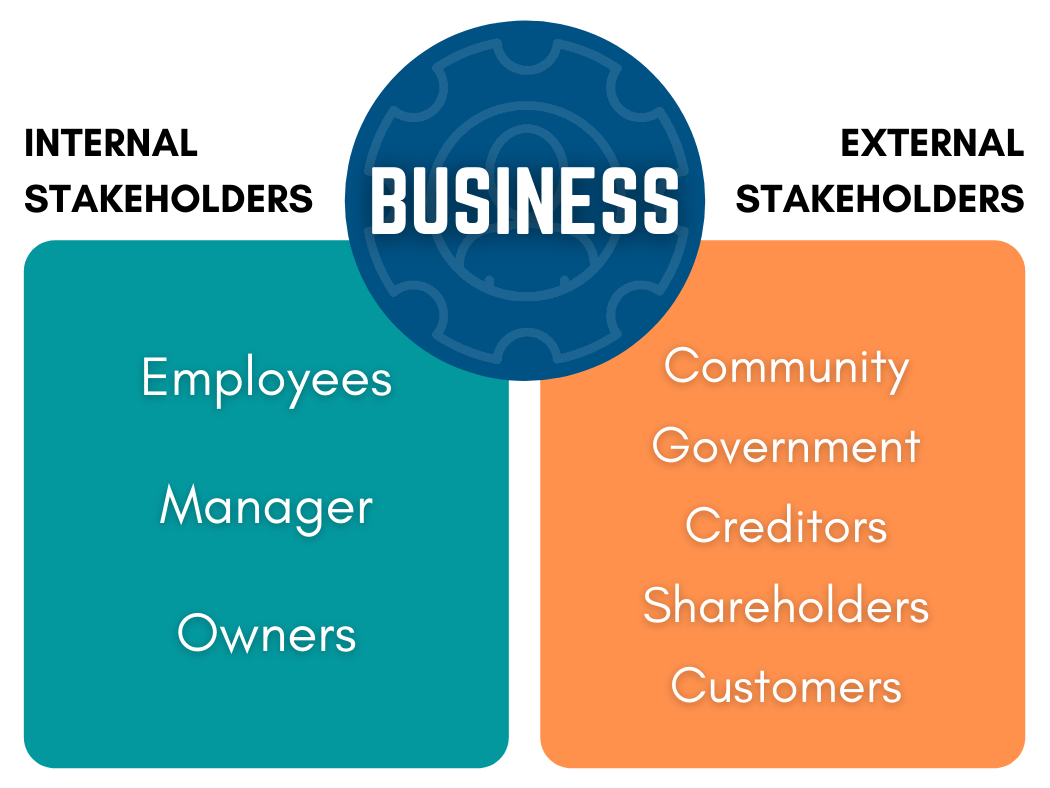Latest News and Industry Insights
What is stakeholder engagement and why is it important?
Stakeholder engagement is an important part of any project and can also help businesses to formulate better strategies or projects.
We spoke with C7EVEN’s stakeholder liaison specialist Brooke Southwell to find out more.
What is a stakeholder?
Brooke: In Stakeholder Engagement a stakeholder can be anyone with influence over or an interest in a project or outcome and could include a community, individual or organisation. Stakeholders can be categorised as internal or external stakeholders.
What is stakeholder engagement?
Brooke: Stakeholder engagement is the way in which we talk to and listen to individuals or groups of stakeholders who are impacted by a project or business. There are many ways to engage with stakeholders including face to face, telephone, written or digital platforms. Stakeholder engagement is a great way to find out what your audience or stakeholders think and feel about a project.
When should a project commence stakeholder engagement?
Brooke: In an ideal world, effective stakeholder engagement should commence throughout all project stages, from beginning to end. It is important to note that if stakeholders are engaged and consulted early on, it is easier to monitor their expectations, create buy in and it helps the project objectives align with stakeholder requests. If stakeholders are engaged in an effective way early in the project planning phase, it can save time and money long term, whilst building support for the project.

Image: Infographic – The internal and external stakeholders of a business.
How do you engage with stakeholders who are disengaged?
Brooke: Sometimes it can be difficult to engage stakeholders, particularly if there are stakeholders who oppose the project. When there are stakeholders who are disengaged, it can be difficult to engage with them and obtain feedback from them. To engage with disengaged stakeholders, it is important to build rapport, approach them in a friendly way and most importantly, listen to their questions and concerns. Never talk over disengaged stakeholders, minimise their concerns or discount their views and opinions. This will only make them more upset. Try to listen and understand their perspective, once understood, repeat their views and opinions back to them to show that you understand. If they ask a question and you do not know the answer, do not guess or assume the answer. Explain that you do not know, but you will find out and get back to them.
Why is stakeholder engagement important?
Brooke: It is important to engage stakeholders in order to understand their views and opinions which in turn helps to identify project impacts (positive or negative). By listening to those impacted by a project, you can make relevant changes which will ultimately improve the project and help you gain support for the project. Stakeholder engagement is a very important step in coordinating an effective project. Stakeholder relations specialists need to establish healthy relationships with internal and external stakeholders and work to understand the views and opinions of all stakeholders in order to mitigate their concerns and highlight the benefits of the project to the broader community.
What is the best way to engage with stakeholders?
Brooke: There are a number of ways to engage with stakeholders, depending on the purpose or objectives of the engagement. The International Association for public participation (AiP2), of which C7EVEN is a member, provides five goals of public participation or stakeholder engagement, including inform, consult, involve, collaborate and empower.
Below is a list of these goals as defined by AiP2 and some examples of how an organisation can achieve this goal through communication and stakeholder engagement.
- Inform: Provide the public with balanced information to assist them in understanding the problem, alternatives, opportunities and / or solutions – Example types of communication include Newsletters, Flyers, Fact sheets, Brochures, Booklets, videos and public meetings.
- Consult: To obtain public feedback on options or alternatives, examples types of communication include a survey, Poll or Interviews.
- Involve: To work directly with the public throughout the process to ensure public concerns and aspirations are consistently understood and considered. Examples of communication include a Focus group, Tour, field trip or Workshop.
- Collaborate: To partner with the public in each aspect of the decision including the development of alternatives and the identification of the preferred solution. Examples of communication include a Working Group, Working party, Project planning group or Advisory group.
- Empower: To place final decision making in the hands of the public. Example types of communication can include Advisory group, working group or Board of Directors.
How can C7EVEN assist with stakeholder engagement?
Brooke: C7EVEN have a number of stakeholder engagement specialists who can support businesses with their stakeholder engagement activities. We offer support in the form of advice, strategy development, public relations, social media support or coordination, identifying and managing community engagement and reporting back to internal stakeholders on research findings.
We have experience in stakeholder and community engagement projects across a number of industries including renewable energy, telecommunications, local government, not for profit and water and agriculture sectors.
Want to know more? Give us a call on 1300 C7EVEN, or click here for more info

Image: C7EVEN facilitating a stakeholder engagement session recently in the Northern Peninsular Area of QLD.
Have a project you'd like to discuss? Simply fill in the form below and one of our team members will be in touch. If you have something more urgent then call us on 1300 C7EVEN.
